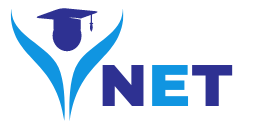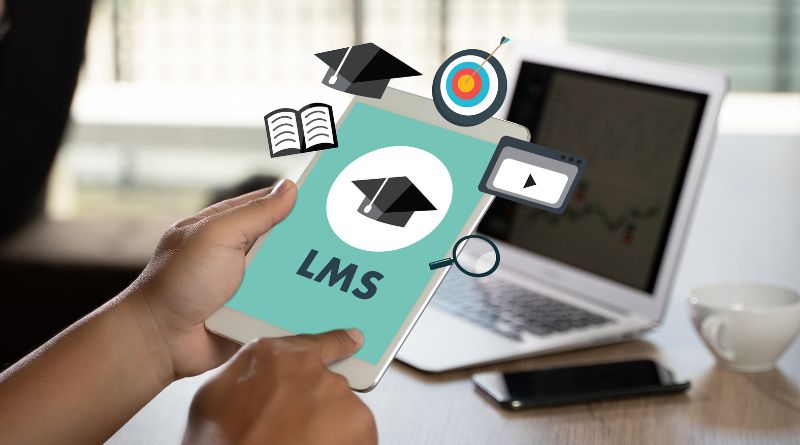Learning Management Systems (LMS) have become the cornerstone of digital education, enabling institutions to deliver content, conduct assessments, and facilitate communication between educators and learners. However, despite their critical role in modern education, LMS platforms are not immune to downtime, which can significantly disrupt the learning process. This article explores the implications of LMS downtime, its causes, and strategies for minimizing its impact on students’ access to education.
The Impact of Downtime on Educational Continuity
Downtime in an LMS can halt the educational process, causing frustration among students and educators. Students relying on these platforms for accessing study materials, submitting assignments, and taking exams can find themselves at a significant disadvantage. The disruption in the learning schedule can lead to delays in syllabus coverage, confusion regarding deadlines, and a decline in the overall learning experience. For educators, downtime can impede their ability to track progress, deliver content, and communicate with students, thereby affecting their ability to meet educational objectives.
Identifying the Causes of LMS Downtime
Understanding the root causes of LMS downtime is crucial for developing effective mitigation strategies. These causes can range from technical issues, such as server overloads and software bugs, to human errors and cybersecurity threats. Scheduled maintenance is another common cause, though it is usually planned to minimize disruption. By identifying the most frequent sources of downtime, institutions can tailor their approaches to enhance the resilience and reliability of their LMS platforms.
Strategies for Minimizing Downtime and Its Impact
Minimizing the impact of LMS downtime requires a proactive approach, incorporating both technical solutions and effective communication strategies. Here are some key measures that can be taken:
Implementing Robust Technical Infrastructure
Investing in a robust technical infrastructure is essential for reducing the likelihood of downtime. This includes selecting a reliable LMS provider, ensuring adequate server capacity, and implementing effective data backup and recovery systems. Regular software updates and security measures can also prevent issues that may lead to downtime.
Effective Communication During Downtime
Transparent and timely communication is critical during LMS downtime. Institutions should have a predefined communication plan to inform students and staff about the issue, expected resolution time, and alternative access options if available. This can help manage expectations and reduce frustration during periods of disruption.
Providing Alternative Access to Resources
Developing contingency plans that provide alternative access to educational resources can mitigate the impact of downtime. This may include offline resources, temporary access to alternative platforms, or extending deadlines for assignments and exams. Such measures can help ensure that learning continues, even when the primary LMS is unavailable.
Regular Training and Support
Regular training for educators and technical support staff can enhance the system’s resilience to downtime. Educators should be equipped with the skills and knowledge to utilize alternative teaching methods and tools when necessary. Additionally, a dedicated support team can address issues promptly, reducing the duration and impact of downtime.
Conclusion
While LMS platforms have transformed the landscape of education, their susceptibility to downtime poses challenges that can disrupt the learning process. By understanding the causes of downtime and implementing strategies to minimize its impact, educational institutions can ensure that students face minimal barriers to accessing their education. Investing in technology, preparing for contingencies, and maintaining clear communication can significantly enhance the resilience of learning management systems, ensuring that education remains accessible and effective, even in the face of technical challenges.
Visit: Next Exam Tak

